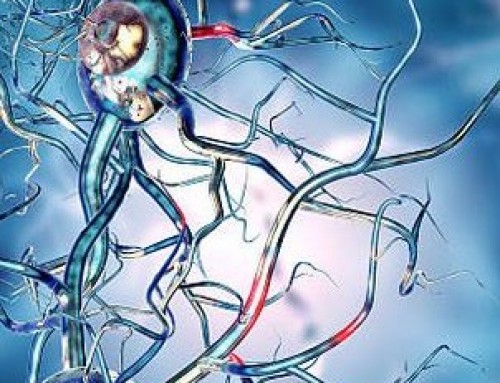Researchers from the University of North Carolina-Chapel Hill have announced a breakthrough in the treatment of an aggressive form of brain cancer known as glioblastoma by using stem cells.
Patients diagnosed with glioblastoma carry a median life expectancy of less than 18 months. After treatment, 30% of test patients were able to extend their lives beyond 2-years.
Dr. Ryan Miller, co-author of this research study and neuropathologist at the UNC School of Medicine had the following to say about the disease:
“Surgery, radiation and chemotherapy are the standard of care for glioblastoma, and that hasn’t changed in three decades. In months, the tumor comes back in almost every single patient, invariably sending tiny tendrils out into the surrounding brain tissue. Drugs can’t reach them, and surgeons can’t see them, so it’s almost impossible to remove all of the cancer.”
Attacking the Glioblastoma
 In order to attack this aggressive cancer, the researchers combined a number of innovative approaches. First, they harvest cells from the patient and then induce those cells to turn into neural stem cells. These neural stem cells in turn have the ability to connect to cancer cells within the brain.
In order to attack this aggressive cancer, the researchers combined a number of innovative approaches. First, they harvest cells from the patient and then induce those cells to turn into neural stem cells. These neural stem cells in turn have the ability to connect to cancer cells within the brain.
The ability to deliver the stem cells does not in its own right address the cancer. Researchers next engineered the newly created cells so that they could carry specific proteins directly to the tumors. This approach allows for a focused delivery to the affected area versus having to administer a medication that impacts the entire body.
This research, led by Shawn Hingtgen, an assistant professor in the Eshelman School of Pharmacy was initially published in the February 1st issue of Science Translational Medicine.
“We’re one to two years away from clinical trials, but for the first time, we showed that our strategy for treating glioblastoma works with human stem cells and human cancers. This is a big step toward a real treatment – and making a real difference.” -Shawn Hingtgen
This approach does not necessarily provide an end-all cure to the disease; but the benefits are still invaluable to those that are able to spend an additional 6-months with their loved ones.
References:
http://uncnews.unc.edu/2017/02/01/revolutionary-approach-treating-glioblastoma-works-human-cells/





